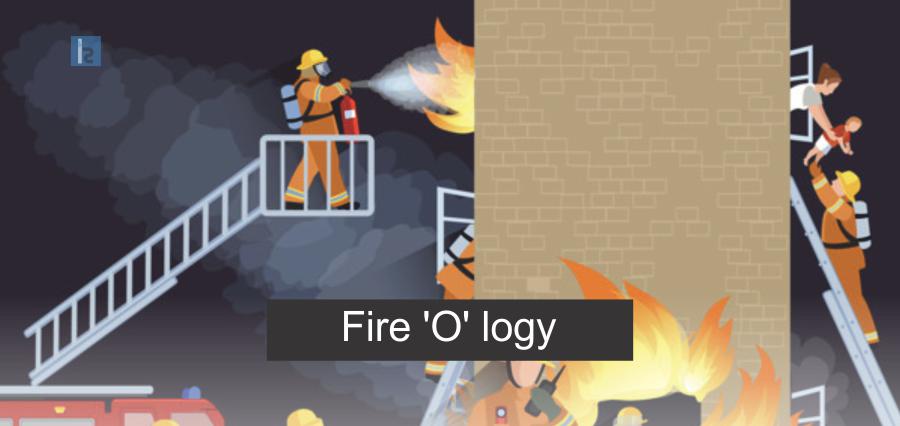A Fire extinguisher is a discovery safeguarding the lives of the masses with utmost excellence! This active fire protection device douses fire by cooling the burning material, outshining the oxygen flames and interferes with the chemical reactions occurring in the flame, effectively. But what makes it so distinctive?
Let’s take a closer look into the chemical composition that acts as the key ingredients in this device helping control fire.
The Label
Class A – Used with ordinary combustibles, ex – wood
Class B – Used for flammable liquids, ex – oil
Class C – Used for electrical fires
Class D – Used for flammable metals, ex – magnesium
Class K – Used for extinguishing cooking combustibles, ex – animal and vegetable fats
Dry Chemicals
Mono ammonium phosphate – NH₆PO₄ – used in Class A, B and C fire extinguishers
Sodium bicarbonate – NaHCO3 – for extinguishing B and C fires
Potassium bicarbonate – KHCO3 – used in Class B and C fire extinguishers
Wet Chemicals
These chemicals are an essential constituent of Class K fire extinguisher backed by a potassium acetate-based agent.
Halotron
It is an ozone-friendly vaporizing liquid that leaves no residue behind and causes no damage to the electrical equipment. This liquid is mainly used for extinguishing A, B, and C type fires.
Carbon Dioxide
Carbon Dioxide or CO2 is an essential and common environmentally-friendly fire extinguisher ingredient which separates oxygen from the fire causing minimal damage.
Metal Powders
These are powdered metals such as copper or sodium chloride – NaCl, and sand majorly found in Class D extinguishers.
– Rahul Niraj

Insights Success stands as the epitome of trust and authority. It has earned its reputation as the foremost source of business intelligence, providing readers with a gateway to the pulse of Bharat’s advancing business landscape.
Quick Links
Enquiry
info@insightssuccess.in
for more information on advertising opportunities with Insights Success magazine.
8793630422 / 24
Reach out to Us
Insights Success Media and Technology Pvt. Ltd.
512, Brand Square,
Kunal Icon Rd, Pimple Saudagar,
Pune, Maharashtra 411027

